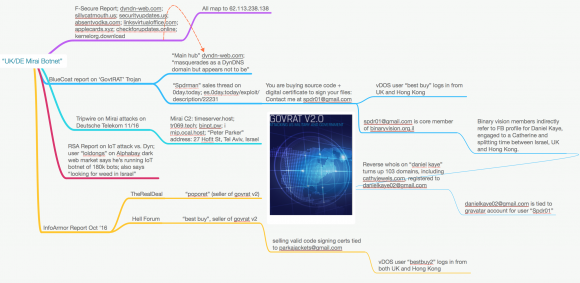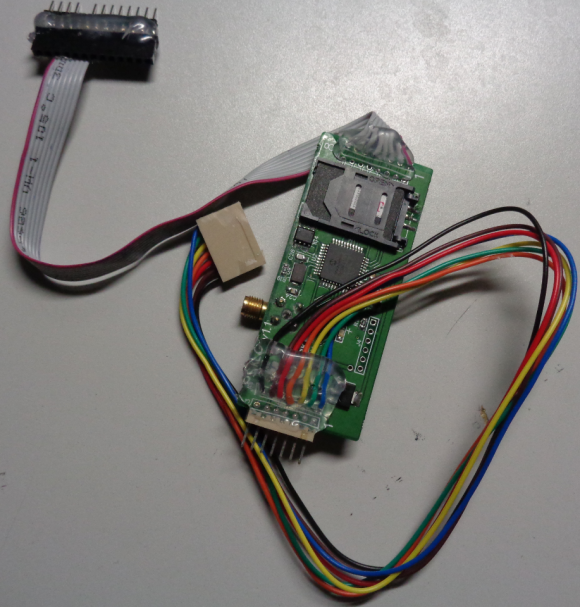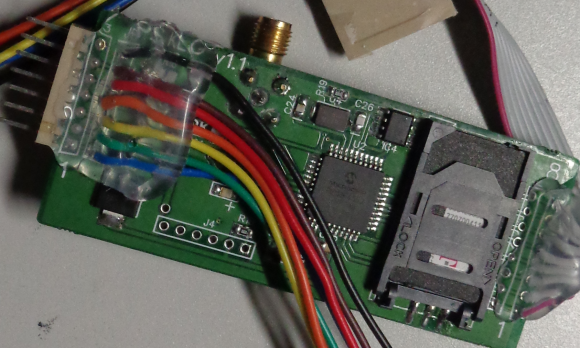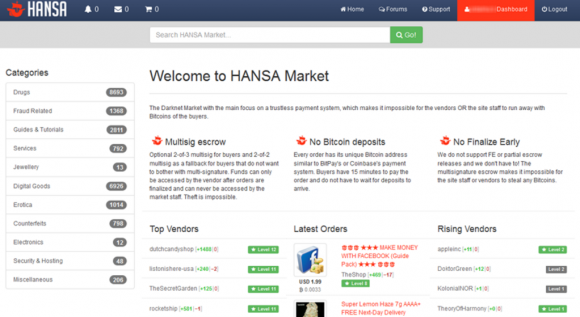New Bill Seeks Basic IoT Security Standards
mardi 1 août 2017 à 21:32Lawmakers in the U.S. Senate today introduced a bill that would set baseline security standards for the government’s purchase and use of a broad range of Internet-connected devices, including computers, routers and security cameras. The legislation, which also seeks to remedy some widely-perceived shortcomings in existing cybercrime law, was developed in direct response to a series of massive cyber attacks in 2016 that were fueled for the most part by poorly-secured “Internet of Things” (IoT) devices.

The IoT Cybersecurity Improvement Act of 2017 seeks to use the government’s buying power to signal the basic level of security that IoT devices sold to Uncle Sam will need to have. For example, the bill would require vendors of Internet-connected devices purchased by the federal government make sure the devices can be patched when security updates are available; that the devices do not use hard-coded (unchangeable) passwords; and that vendors ensure the devices are free from known vulnerabilities when sold.
The bill, introduced by Sens. Steve Daines (R-Mont.), Cory Gardner (R-Colo.), Mark Warner (D-Va.) and Ron Wyden (D-Ore.), directs the White House Office of Management and Budget (OMB) to develop alternative network-level security requirements for devices with limited data processing and software functionality. In addition, it requires each executive agency to inventory all Internet-connected devices in use by the agency.
The bill’s provisions would seem to apply to virtually any device that has an Internet connection and can transmit data. Under the proposal, an IoT device has a fairly broad definition, being described as “a physical object that is capable of connecting to and is in regular connection with the Internet;” and one that “has computer processing capabilities that can collect, send or receive data.”
According to the bill’s core sponsors, the measure already has the support of several key legislative technology groups, including the Center for Democracy & Technology (CDT), Mozilla, and the Berklett Cybersecurity Project at Harvard University’s Berkman Klein Center for Internet & Society.
Those advocates were no doubt involved in shaping other aspects of this legislation, including one that exempts cybersecurity researchers engaging in good-faith research from liability under the Computer Fraud and Abuse Act (CFAA), a dated anti-cybercrime law that many critics say has been abused by government prosecutors and companies to intimidate and silence security researchers.
Perhaps the most infamous example of prosecutorial overreach under the CFAA comes in Aaron Swartz, a Harvard research fellow who committed suicide after being hounded by multiple CFAA fraud charges by state and federal prosecutors for downloading a large number of academic journals.
Specifically, the bill would “exempt cybersecurity researchers engaging in good-faith research from liability under the Computer Fraud and Abuse Act and the Digital Millennium Copyright Act when in engaged in research pursuant to adopted coordinated vulnerability disclosure guidelines,” according to a statement released by Sen. Warner (link added).
The measure also directs the Department of Homeland Security to issue guidelines regarding cybersecurity coordinated vulnerability disclosure policies to be required by contractors providing connected devices to the U.S. government.
Last fall, Sens. Warner and others pinged federal regulators at the U.S. Federal Trade Commission (FTC) and the U.S. Federal Communications Commission (FCC) to see if something more could be done about the proliferating threat from poorly-secured IoT devices.
At the time, the world had just witnessed two of the largest cyberattacks the Internet had ever seen (including one against this Web site). Those attacks were launched with the help of IoT devices — mostly cheap security cameras and Internet routers — that were hacked thanks largely to user accounts which could not be removed and which were configured to be remotely accessible over the Internet.
A full text of the Senate proposal is available here.
Update, 3:49 p.m. ET: Corrected abbreviation for Sen. Wyden’s home state.









